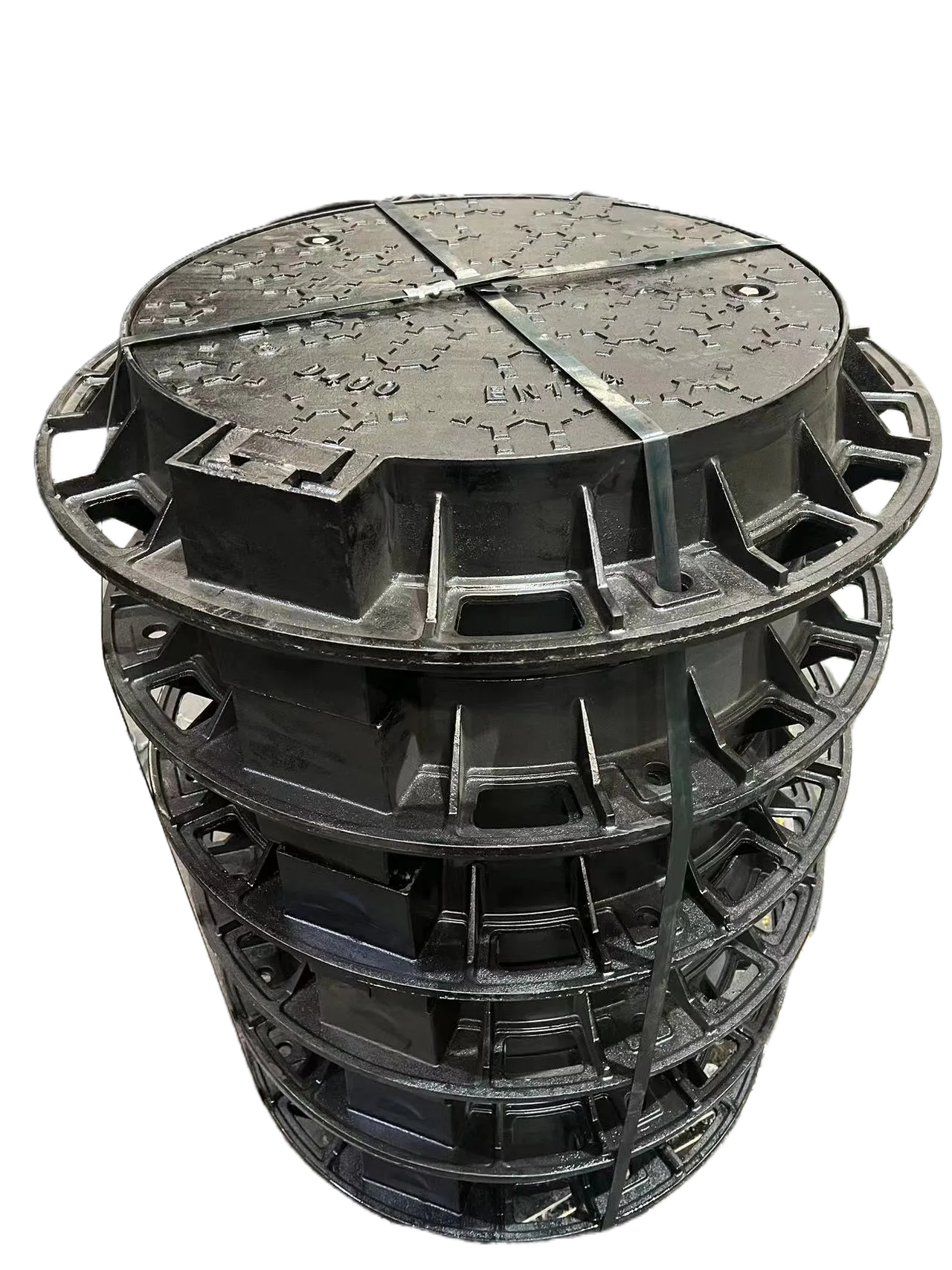Operating a Butterfly Valve for On-Off Control in Pipeline Systems
Understanding Butterfly Valves The On/Off Mechanism
Butterfly valves are fundamental components in various industrial and municipal applications, particularly in systems requiring the control of fluid flow. Their primary function revolves around the simple yet effective mechanism of providing an on/off flow method, which enables or restricts the passage of fluids through pipelines. This article aims to delve into the intricacies of butterfly valves, focusing on their operational principles, advantages, and applications.
What is a Butterfly Valve?
A butterfly valve is a quarter-turn valve that comprises a disc, a shaft, and a body. The disc is positioned within the piping system, and it rotates about a central pivot point. When the valve is closed, the disc shuts off the flow by sealing against a seat in the valve body. Conversely, when the valve is open, rotating the disc to a perpendicular position allows fluid to flow freely through the pipe. This mechanism is what lends butterfly valves their name, as the disc resembles a butterfly when viewed from the side.
Operational Principles
The operational principle of butterfly valves is remarkably straightforward. When the operator turns the actuator, the valve disc rotates either 90 degrees or to the desired position, which dictates the flow of fluid. The actuation can be manual, electric, pneumatic, or hydraulic, depending on the specific application requirements. The design enables rapid switching between open and closed positions, making them ideal for scenarios requiring quick responses to changes in flow conditions.
Butterfly valves can be classified into two main types concentric and eccentric. Concentric butterfly valves have a disc that is centrally located in the pipe, providing a straightforward design. Eccentric valves, on the other hand, have an off-center disc that ensures a tighter seal when closed, making them suitable for higher pressure and temperature applications.
Advantages of Butterfly Valves
butterfly valve on off

One of the primary advantages of butterfly valves is their lightweight design compared to other valve types, such as ball or gate valves. This feature not only reduces installation costs but also minimizes the space needed for valve operation. Furthermore, butterfly valves offer low fluid resistance, which translates to efficient flow characteristics, particularly in larger diameter pipelines.
Another significant advantage is their straightforward on/off function. The ability to quickly shut off the flow can be crucial in emergencies or when maintenance is required. Additionally, butterfly valves are generally easier to automate, further enhancing their utility in modern process control systems.
Applications of Butterfly Valves
Butterfly valves find extensive usage across various sectors. In the water treatment industry, they control the flow of water through pipelines, ensuring the proper distribution and pressure management. In chemical processing, they regulate the passage of numerous fluids, making it vital to choose the appropriate material that's compatible with the chemicals being handled.
Moreover, in the HVAC (Heating, Ventilation, and Air Conditioning) field, butterfly valves help regulate airflow in duct systems, thereby improving energy efficiency. Their compact design makes them suitable for applications where space is a constraint, and their reliability is essential for maintaining operational schedules in industrial settings.
Conclusion
In summary, butterfly valves serve a critical role in managing fluid flow, primarily through their effective on/off function. Their unique design, ease of operation, and adaptability across various applications make them an indispensable choice for engineers and designers. As industries continue to evolve and demand more efficient, reliable solutions for fluid management, butterfly valves will undoubtedly remain a key component in the ever-expanding landscape of industrial automation and control. Understanding their functionality and advantages enables professionals to make informed decisions about their use, thereby optimizing system performance and reliability.
-
The Smarter Choice for Pedestrian AreasNewsJun.30,2025
-
The Gold Standard in Round Drain CoversNewsJun.30,2025
-
The Gold Standard in Manhole Cover SystemsNewsJun.30,2025
-
Superior Drainage Solutions with Premium Gully GratesNewsJun.30,2025
-
Superior Drainage Solutions for Global InfrastructureNewsJun.30,2025
-
Square Manhole Solutions for Modern InfrastructureNewsJun.30,2025
-
Premium Manhole Covers for Modern InfrastructureNewsJun.30,2025
